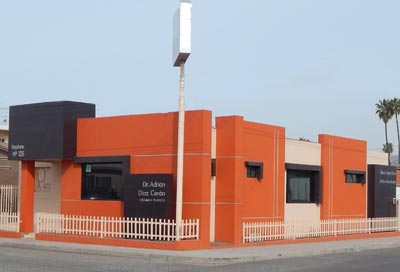
Liposuction
Liposuction is an operation to remove excess deposits of fat from areas of the body such as the upper thighs or abdomen. It is usually performed under general anesthesia on an outpatient basis. By reducing specific areas,liposuction can change the shape of the body. It is not intended for weight control or to treat obesity, to improve cellulite ("orange peel" skin) or stretch marks. There is a limit to the amount of fat that can be safely removed from any one area.
The results of liposuction can be long-lasting, especially if the patient exercises regularly, eats a healthy diet, and maintains a healthy weight. The fat cells that are removed will not be replaced by the body, so there should be a permanent change in the body shape independent of weight fluctuations. However, it is possible for the remaining fat cells to grow bigger, to a point where a significant weight gain can cause the fat deposits to return.
The operation may last from one to two hours, depending on how much fat is being removed. If only a small area of fat is to be treated, a local anesthetic may be used, which means that the person is awake during the procedure - and may even be able to feel vibrations or friction in the area being treated - but should not feel any pain. Liposuction can be done using several different methods and your surgeon should be able to discuss the options and the most appropriate technique.
Wet liposuction:
This is the most commonly-used technique. Once the anesthetic has taken effect, the surgeon injects a fluid (hence the name "wet") containing local anesthetic and other components, such as adrenaline, into the fatty area. This helps reduce bleeding, bruising and swelling and makes it easier to remove the fat cells. An incision is made in the skin and a thin metal tube called a cannula is inserted.
The cannula is moved about vigorously within the fatty tissue while suction is applied from a vacuum pump or a syringe. For larger areas, more than one incision may be used so that the cannula can reach all the fatty deposits that are being targeted. Once the required amount of fat has been removed, the cannula is taken out and the incision(s) are stitched close. A variation of the wet technique is "tumescent" liposuction where a larger volume of fluid is injected.
Traditional liposuction:
This method does not use an injection of fluid into the fatty area but the suction and cannula are used in a similar way. It can result in more bleeding and bruising.
Ultrasound liposuction:
If the fat to be removed is very firm (as it is on the back, for example), or a great deal is to be removed, ultrasound (sound wave) treatment may be used to break up the fat before it is removed. However, there is a greater risk of complications with this method than with wet liposuction. After all types of liposuction, the treated area will be firmly strapped with bandages or elasticized tape, or an elasticized support garment will be worn to reduce swelling.
 |
 |
| BEFORE | AFTER |
 |
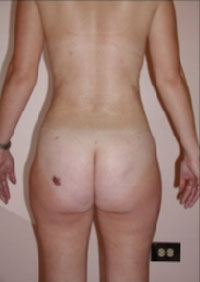 |
| BEFORE | AFTER |
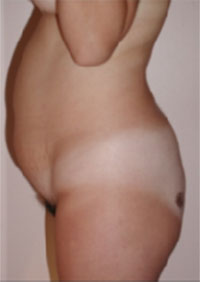 |
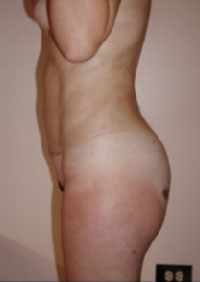 |
| BEFORE | AFTER |
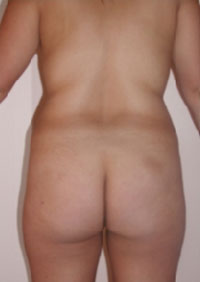 |
 |
| BEFORE | AFTER |
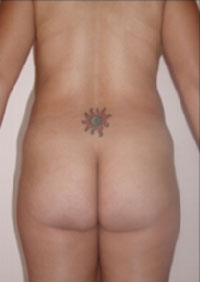 |
 |
| BEFORE | AFTER |
 |
 |
| BEFORE | AFTER |
Our Facilities
Address
Neptuno No 135 esq.
Bucaneros, Fracc Playa
Ensenada,
Ensenada Baja California
Tel: 01152 (646) 176-02-95
View Map
